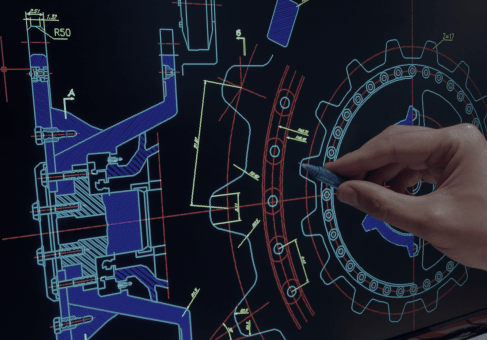

#ARANGODB VISUALIZATION FULL#
Vertices and edges are both full JSON documents and can hold arbitrary data. In ArangoDB this is handled differently (if you want to take a technical dive into ArangoDB’s approach, see this article about index-free adjacency vs. Graph databases usually store edges connected to vertices directly at the vertex object. Using an edge index, ArangoDB can process graph queries very efficiently. Edges are then stored in a special edge collection.ĪrangoDB enables efficient and scalable graph query performance by using a special hash index on _from and _to attributes (i.e., an edge index). To build a relation (i.e., an edge) between two documents (i.e., vertices), both _id attributes are stored in a special edge document known as _from and _to attributes, forming a directed connection between two arbitrary vertices. The graph capabilities of ArangoDB are similar to a property graph database but add more flexibility in terms of data modeling as vertices and edges are both full JSON documents.įor each document, a unique _id attribute is stored automatically. I used the example of a social network here but the existence of networks exists everywhere and if you would like a full dive into a real-world example using the example of airport and flight data be sure to take the next step with our Graph Course for Freshers that takes you from zero knowledge to advanced queries. ArangoDB allows for storing information on the vertices as well as the connecting edges, that’s why you can define the things you and your friends have on the edges while maintaining the personal properties on the individual vertices. Since the data is modeled using relevant terms it can also be queried in an easy to read way.

This means that data can be structured in a way that is easily understood by a human. Property graphs use relevant semantic labels to model your data and its connections. This concept of modeling your data with descriptive labels is how data is modeled in a property graph. The details that make up the things you like, the things your friends like, and then the things that you share in common could be thought of as the properties of you and your friendships. This would allow for things such as suggesting new friends, finding events based on you and your friends matching interests, or even recording important dates such as the date you became friends or other shared life events. However, what if this connection went one step further and described more things about your relationship? You could include details that are common among you, such as the fact that you both love Avocados (who doesn’t!?) and then when you wanted to find friends to join you for the Avocado Festival you could easily query that information.


So the simplest edge would be the line that connected you to a friend. You and your friends could be represented as individual vertices (nodes) and then the things that tie you together or describe your relationship would be an edge or the lines that connect the nodes. These connections can easily be translated into a graph and in fact, it could be very useful to structure a social network as a graph. This relationship between you, your friends, and their friends is a part of what forms your social network. In a social network, you have friends and something that is also common is that they may have other friends besides you (Gasp!), you may even be friends with those ‘other’ friends. An easy way to imagine a graph is thinking about a social network.


 0 kommentar(er)
0 kommentar(er)
